Do I Need A Permit To Build A Pergola? (Find Out Now!)

Creating an outdoor living space can add value to your home. If you like to entertain, or want to upgrade your backyard, adding a pergola is always a good idea. This outdoor addition will enhance your yard in many ways, but do you need a permit to build a pergola?
There is no one-size-fits-all answer as each city and state has different permit requirements. However, you do not usually need a permit to build a pergola since they are not complete outdoor buildings. If your city or state does have requirements for pergolas, you may need a planning permit and a building permit.
However, there are several other considerations when building a pergola. For example, do you plan to add any special features like a fan or lighting? If you plan to do any electric work to your pergola, you will need an electrical permit.
Don't want to do it yourself?
Get free, zero-commitment quotes from pro contractors near you.

What Is A Pergola?
A pergola is an outdoor, wooden structure with columns supporting a grid of beams and rafters. You’ll often find pergolas in backyards.
The often flat grid can be covered or left open and the structure may be freestanding or attached to the house. The addition of a pergola can completely transform an outdoor space.
Do I Need A Permit To Build A Pergola?
Before you build a pergola, you need to determine whether or not you need a permit. Pergolas are structures that are often open, so they are not considered a complete roof. They don’t typically alter the structure of a home, and the posts are not deep in the ground.
Because of these characteristics, pergolas do not usually require a building permit. However, each city and state has different requirements, so you will want to check your local laws. You should also check building codes and zoning rules before you start building the pergola.
Types Of Permits You May Need When Building A Pergola
If you do need a permit, city and state regulations will determine which materials you can use or avoid. They will also cover structural integrity rules and give you minimum construction standards to follow. The purpose of these permits is to make sure projects are completed safely, especially if they’re of greater risk than others.
Depending on your city and state, you may need more than one permit. Two commonly required permits when building a pergola are a planning permit and a building permit.
Planning Permit
If you need a planning permit, this will cover the aesthetic aspect of the project. A planning permit will also determine any boundary regulations that need to change before beginning the project. This type of permit is useful because it will allow you to look into the pergola’s budgeting, layout, and design.
Building Permit
You might also need a building permit when building a pergola. This permit requires a visual inspection by a qualified official. They will then report to the proper authorities regarding whether or not they will issue your permit.
Electrical Permit
If you plan on adding any electric wiring, such as a ceiling fan or outdoor lights, you’ll need an electrical permit. Additionally, if you want to add additional outlets, that requires an electrical permit, too. If you’re unsure if you need an electrical permit, check first to prevent having to tear things down or make adjustments later.
Why Might I Need A Permit To Build A Pergola?
You need permits to prevent safety issues in the future. While installing a pergola may not seem like a public hazard, building anything can be dangerous and shouldn’t be taken lightly. Always check with the appropriate authorities before you start building, as you may not be aware of certain regulations.
When building a pergola, another entity you should keep in mind is the homeowners’ association (HOA). Your HOA will need to give you clearance to build any structure in your neighborhood, including a pergola. HOA rules often govern the building of a fence or structure and they are particular about protecting the property owner’s views.
Considerations When Applying For A Permit To Build A Pergola
After you speak with your homeowners’ association, you will need to contact your public official. Be prepared with the plans for your pergola. The plans should contain the design, materials, measurements, location, and anything else you plan to include in the project.
You should also have proper documentation of the project and pictures to show what the completed project will look like. The more clear you are about the plans for your pergola, the more likely the officials will understand. A determining factor for the approval of your pergola is whether or not it’s attached to an outside wall of your house.
Have A Clear Idea Of Your Pergola Plans
As mentioned before, have a clear idea of your pergola plans to show any deciding entities of the project. The clearer you are, the more likely you will get the permit.
People can often confuse pergolas with verandahs, carports, arbors, and gazebos. The characteristics of these structures are often too similar to the eye, so be sure to differentiate them.
The main feature that will make a difference in whether or not you get a permit will be the roof structure. Pergolas don’t typically have enclosed roofs. However, if the roof is polycarbonate, tiles, or a mesh, it will change the authorities’ considerations.
Ask For Exceptions To Needing A Permit To Build A Pergola
As with most things, always ask if there are any exceptions that may let you build the pergola without getting a permit. Check the local building guidelines and codes and look for any exceptions that may apply to your project. Always exhaust all possible resources before you start building.
If you can make one change or modify part of the design, there is a chance this may change permit requirements. Spending less money when completing big projects is always a good idea.
Determine If You Need A Soil Sample
Something you may not realize you need before beginning your pergola project is a soil sample. While it’s not common, it is important to keep in mind the frost level in your area. Especially if you plan to secure posts by digging into the ground and pouring concrete.
If you live in an area with frost, the footings must extend below the frost line. This will prevent the structure from upheaval and shifting.
Determine If There Are Rules On Pergola Kits
Pergola kits are an efficient way of building your pergola. A pergola kit includes precut, notched, and drilled pieces of wood, vinyl, or other material, and the required hardware for assembly. Some kits include prestained wood, while others require you to stain the wood before assembling the pergola.
Sometimes city officials prefer pergola kits instead of building the pergola from scratch for safety and construction quality concerns. If you don’t use a pergola kit, some states may require a licensed contractor or a construction test.
Don't want to do it yourself?
Get free, zero-commitment quotes from pro contractors near you.

Related Questions
What’s the average cost to build a pergola?
The cost to build a pergola usually ranges between $2,200 and $5,900, but the average cost is about $4,000. If the pergola is a simple design, it can cost as little as $1,300. If you choose a more custom design, it can cost as much as $10,000.Another important thing to remember is that a pergola can be confused with an arbor or trellis, which can affect the price. You can get an arbor for as little as $125 and adding a trellis can increase that by $30 to $200.
Are there any other home renovations that do not require a building permit?
There are some changes you can make to your home that don’t require you to get a permit. Usually, these renovations are minor and you can do them yourself without the help of a contractor. Some of these projects include painting, applying wallpaper, installing wood floors or carpet, installing countertops, replacing faucets, and minor electrical repairs. Keep in mind that minor electrical repairs don’t involve adding a new service or moving an existing service. If you are installing or altering any electrical device or wiring, or running additional wiring, you will need a permit. Something as simple as putting in a light fixture or electrical outlet will require a permit.
What happens if you renovate your home without a permit?
When a government office finds out that you don’t have a permit, you can get in a lot of trouble. If you don’t obtain the necessary permits before starting a project that requires one, you will receive a fine. Plus, even if you don’t get caught during the project, you can still get in trouble later.If you decide to sell your home later, you’ll need a certificate of occupancy. Someone from your local government office will have to inspect your home to obtain this certificate. If they notice that you made significant renovations, but there is no documentation, you can still receive a fine.Another common occurrence is for homes to get annually reassessed. A property assessor will inspect your home’s features and condition. If the assessment mentions upgrades requiring a permit, but there isn’t one on file, you will pay a fine. In any scenario, it’s always better to be safe than sorry and obtain the proper permits.
Related Guides

Stacy Randall is a wife, mother, and freelance writer from NOLA that has always had a love for DIY projects, home organization, and making spaces beautiful. Together with her husband, she has been spending the last several years lovingly renovating her grandparent's former home, making it their own and learning a lot about life along the way.
More by Stacy Randall



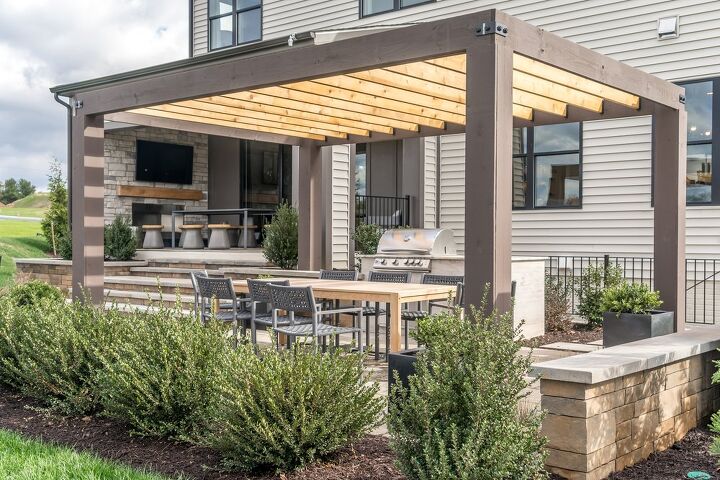







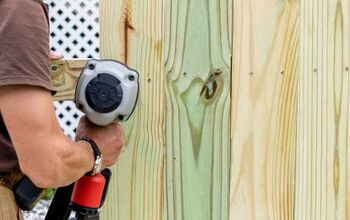
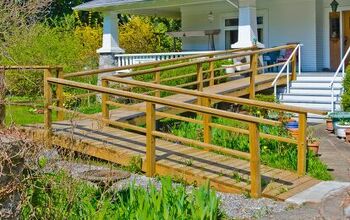
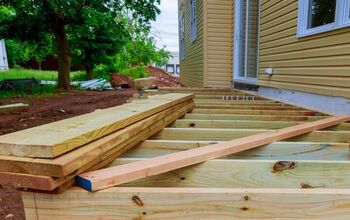
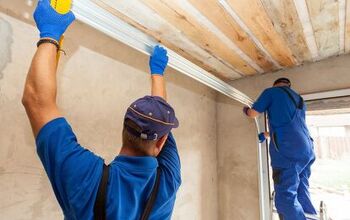




![Standard Dining Room Table Dimensions [for 4, 6, 8, 10 and 12 People]](https://cdn-fastly.upgradedhome.com/media/2023/07/31/9074335/standard-dining-room-table-dimensions-for-4-6-8-10-and-12-people.jpg?size=350x220)







